Back in 2016 a group of tourism professionals, historians, marketing pros and the US National Park Service began to work towards creating a U.S. Civil Rights Trail with the goal of having up and running in a year. The ultimate goal was also to get recognition for the trail by UNESCO as a World Heritage Site. I was extremely lucky to be the principal photographer for the project and worked on it for several years.
Working with a very talented art director we set out to document sites across the South and Central US, site that followed the timeline from the Brown V Board of Education decision in 1954 to the end of that era with the murder of Dr. Martin Luther King Jr. After documenting the epicenter of so many events in our home state of Alabama the art director and I hit the road for a 10 state, 12 day road trip from New Orleans to Mississippi and Arkansas to Kansas, Washington DC, Virginia, North and South Carolina, Georgia and Tennessee. We needed tour T-shirts!
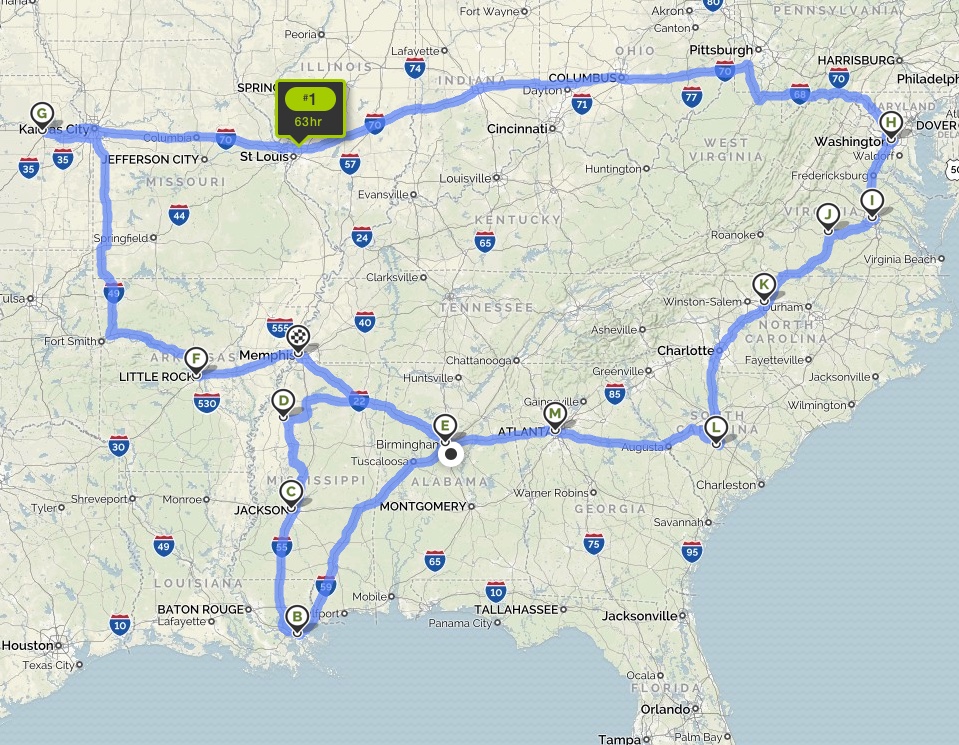
One of the most exciting challenges of my long career was deepened by an idea of the art director to recreate history-changing photographs as those places are today. He researched historic images from the murder of Medgar Evers to the bombing of 16th Street Baptist Church, King’s assassination at the Lorraine Motel in Memphis and others. We ended creating about 15 before and after comparisons. The initial use was in a presentation book to UNESCO with my current photograph full-bleed on a 15X10 page. The historic photos ran in black and white overlaying half my image on a separate page that could be lifted to see the print below. It was a great way to show yesterday and today. Working from the art directors printouts of the old photos I tried to give him a modern version that match brick for brick, window to window in a way that he could then crop and place the images in the book.
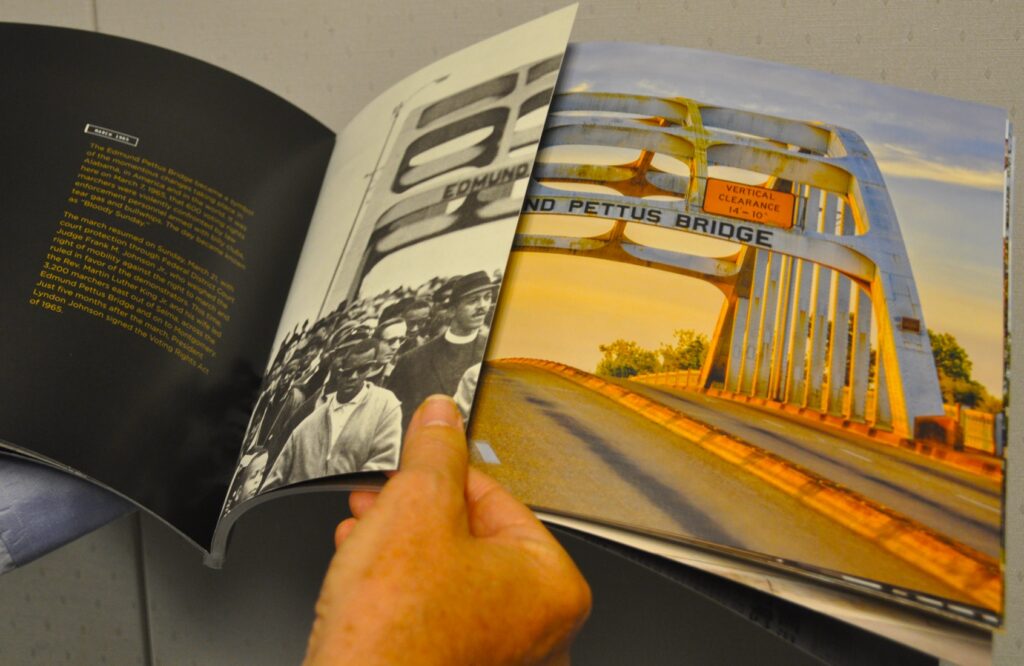
But the challenge was recreating these old photos. They were not created to be artful, they were news photos of tragic and horrible events. I did not start my career until the early 70’s but the photos we were researching were from the 1950’s and 1960’s. I knew and worked with some older photographers who worked at newspapers during those years and I have some old press cameras of the era. I hoped knowing the gear they used and the lens choices they had would help me. But still, getting my camera in the exact same piece of three-dimensional space with the same width lens was not only a visual but emotional challenge. These places are sacred and as meaningful as any historic battlefield. And to photograph one or two a day every day for 10 days was at times overwhelming. I did a lot of research about the sites in advance, read a lot of detailed history.
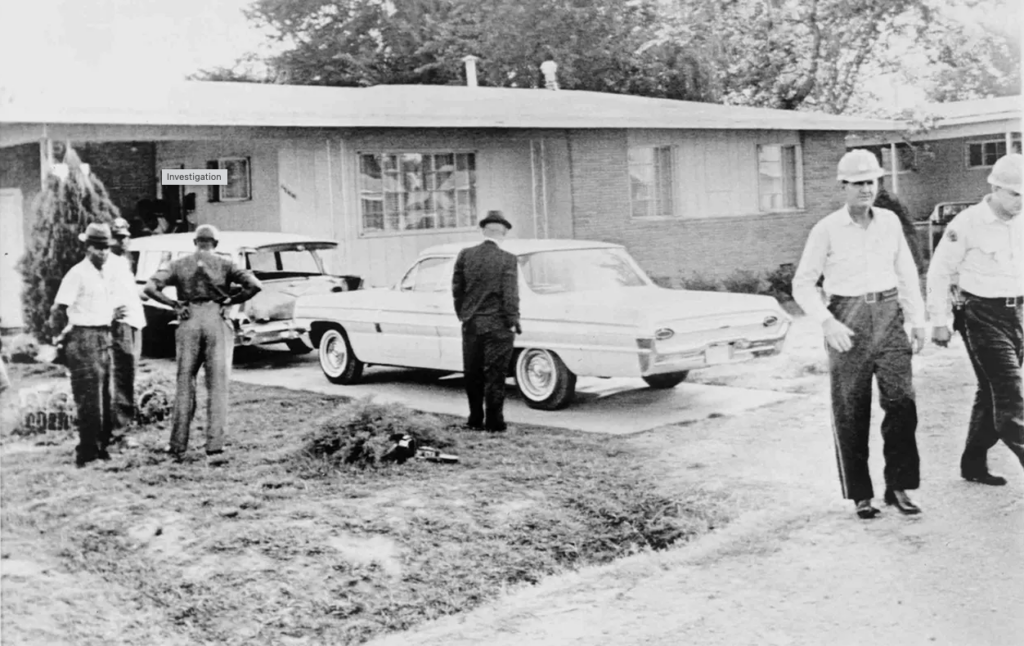
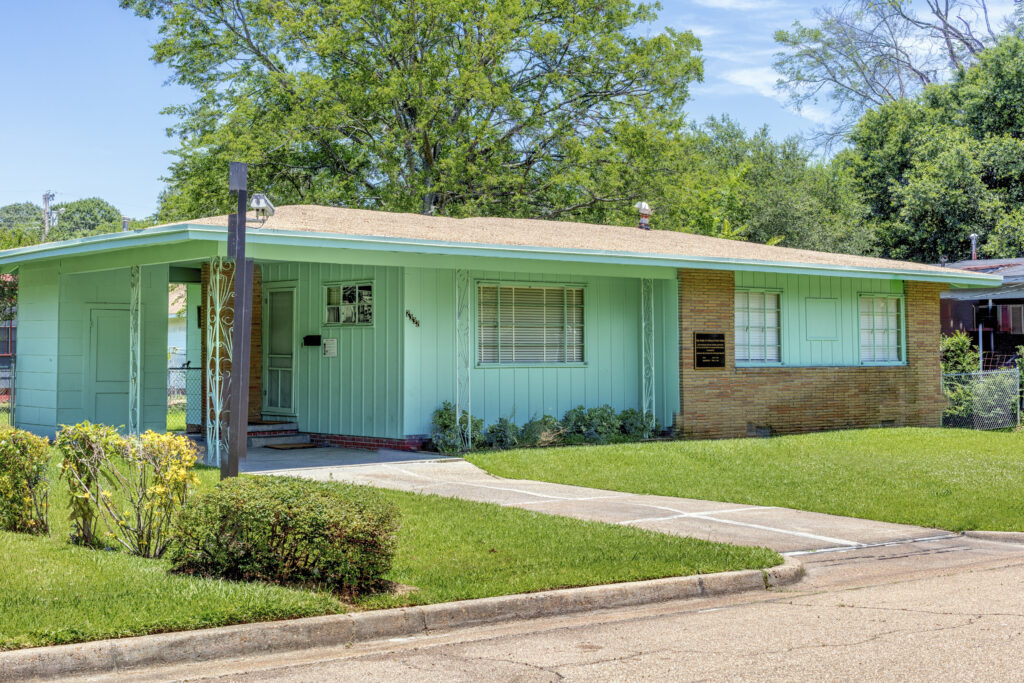
Not every site offered many good choices of historic images to work with but overall it was amazing to see how little had changed in many places. Some sites are public but some required location releases and a good bit of advance planning. At a couple places we were looked up with suspicion at first but that was easy to overcome when they learned more about the project and our personal and professional commitment to it. An example was being allowed to stand on the balcony of the Lorraine Motel where Joseph Louw stood photographing King’s assassination. He was in his room a few doors down when he heard the commotion. He rushed outside from his room to find Dr. King’s body on the balcony floor, just 40 feet away.
“At first, it was just a matter of realizing the horror of the thing,” he recalled of Dr. King’s death by gunshot. “Then I knew I must record it for the world to see.”
Now I was trying to find the exact place in space where he photographed this historic scene.
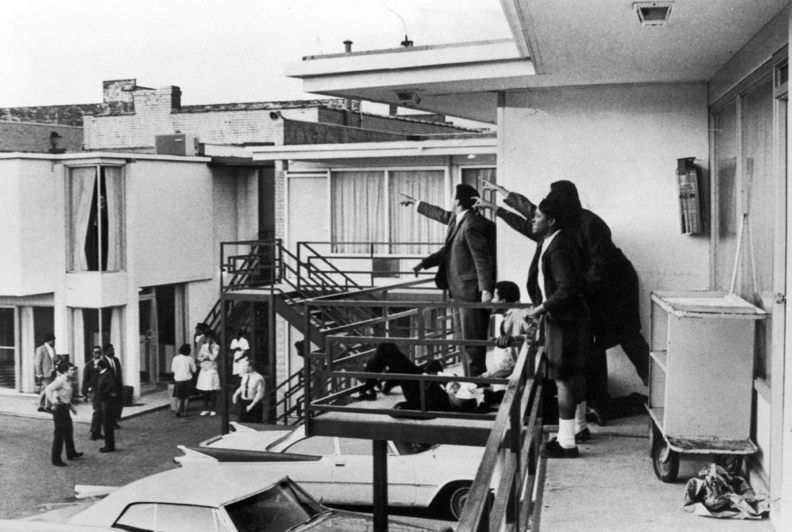
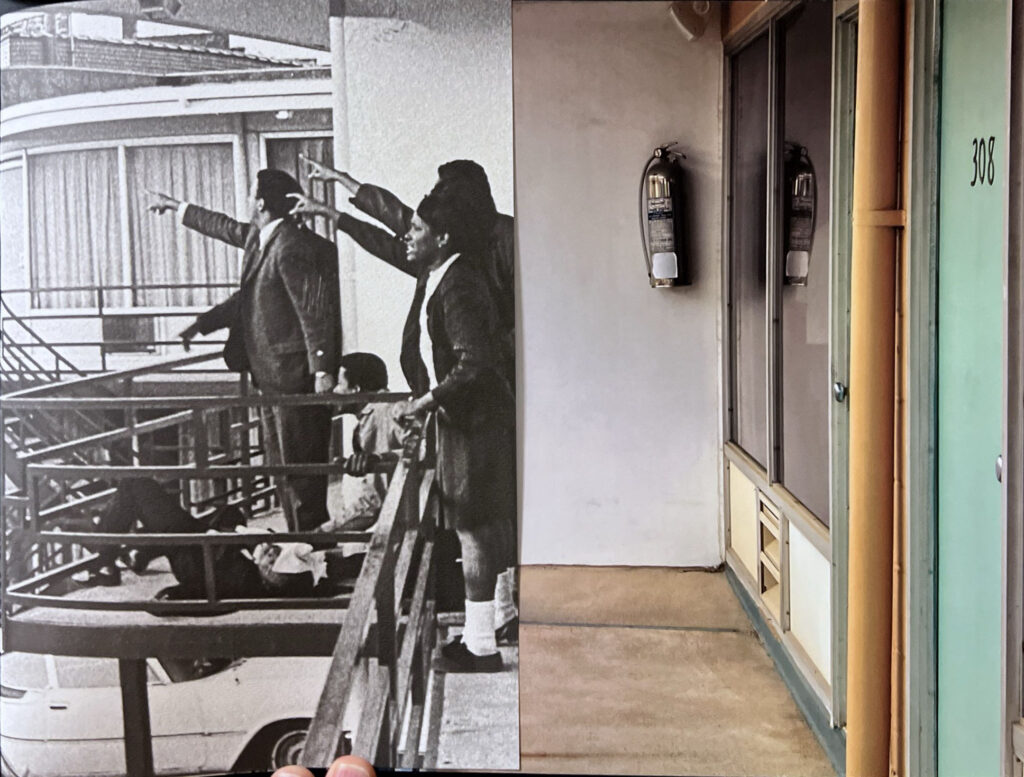
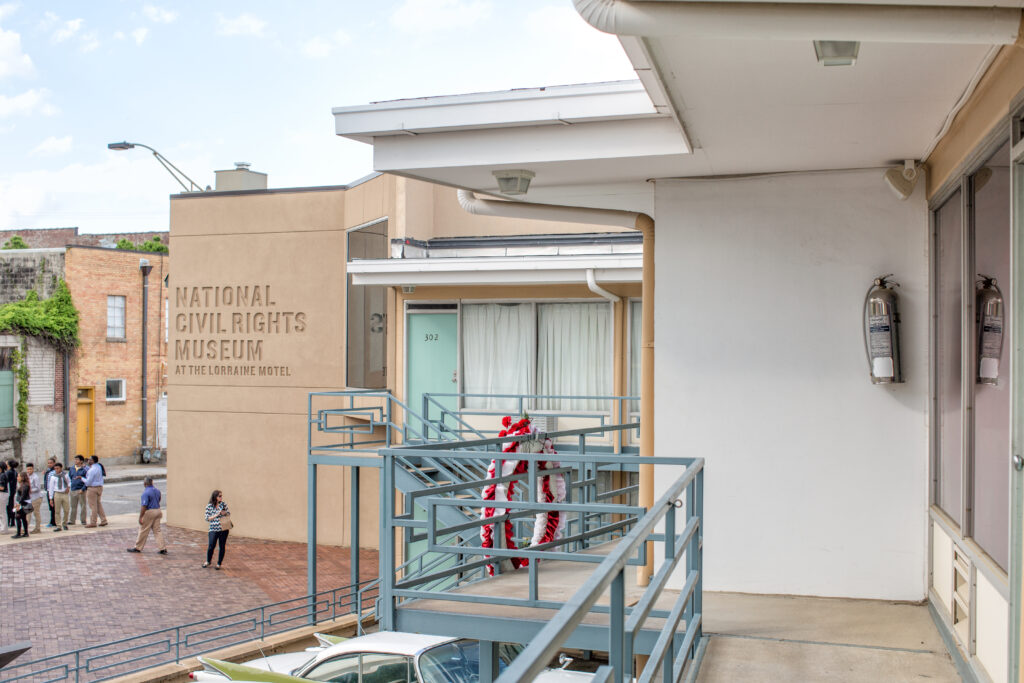
I assumed most of the 1950’s gear was Speed Graphic and similar press cameras with lenses most often 127mm to 150mm. Also probably a mix of Rolleiflex and similar medium format roll film cameras.
The 1950s probably had the greatest variety of film sizes available, and in use, than any other period of photography. Likely they were shooting with Plus X or XX and likely some Ansco Super Press. Tri-X was coming on as well. Not that film mattered to me as much as the lens widths. By the mid-60’s 35mm was coming into its own with the release of the first Nikon F in the late 50’s and its appearance at PhotoKina in 1960. The great photographer David Duncan Douglas endorsed Nikon giving it instant credence. By the start of my career everyone was coveting an F2. I started with the original OM-1 but soon moved to Nikon for my newspaper years. By the time I did the work seen here it was my Canon digital gear.
Since this book was printed the website has expanded exponentially and several sites we covered have been named national monuments. There is now also an expanded book for sale that features several hundred other images I shot during our trips.
Here’s a few more pages from the book. Images copied with my iPhone so they’re not exact.
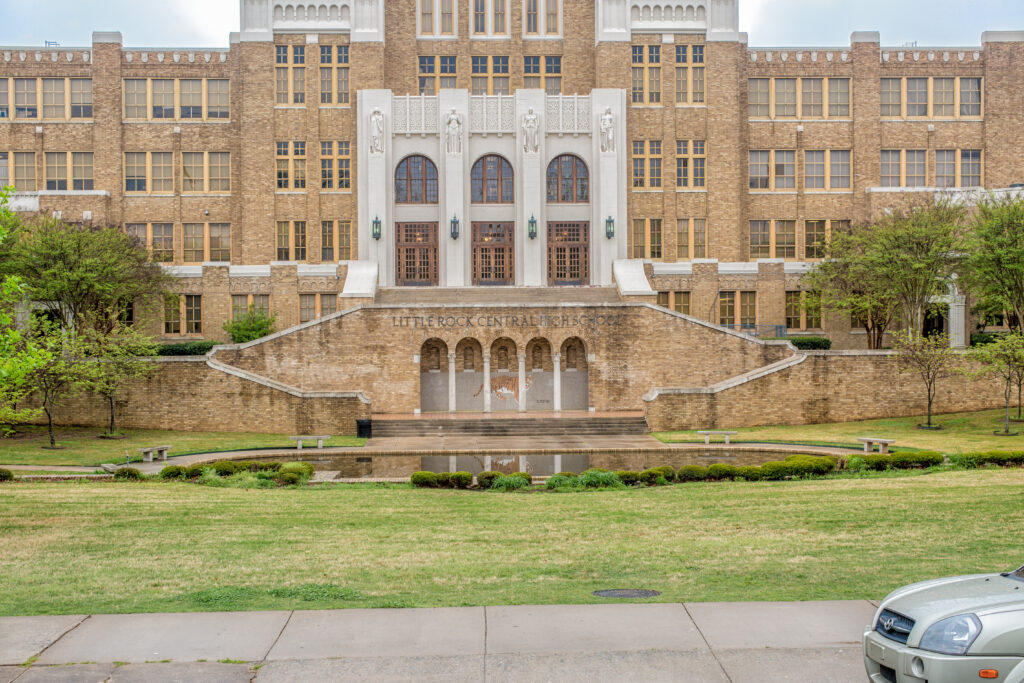
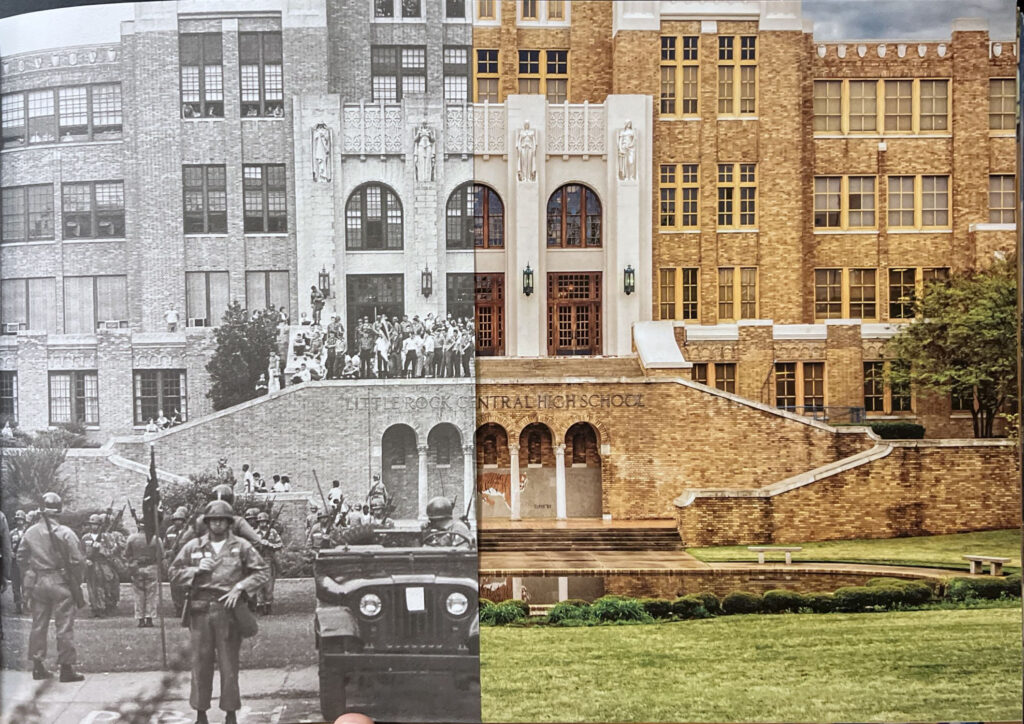
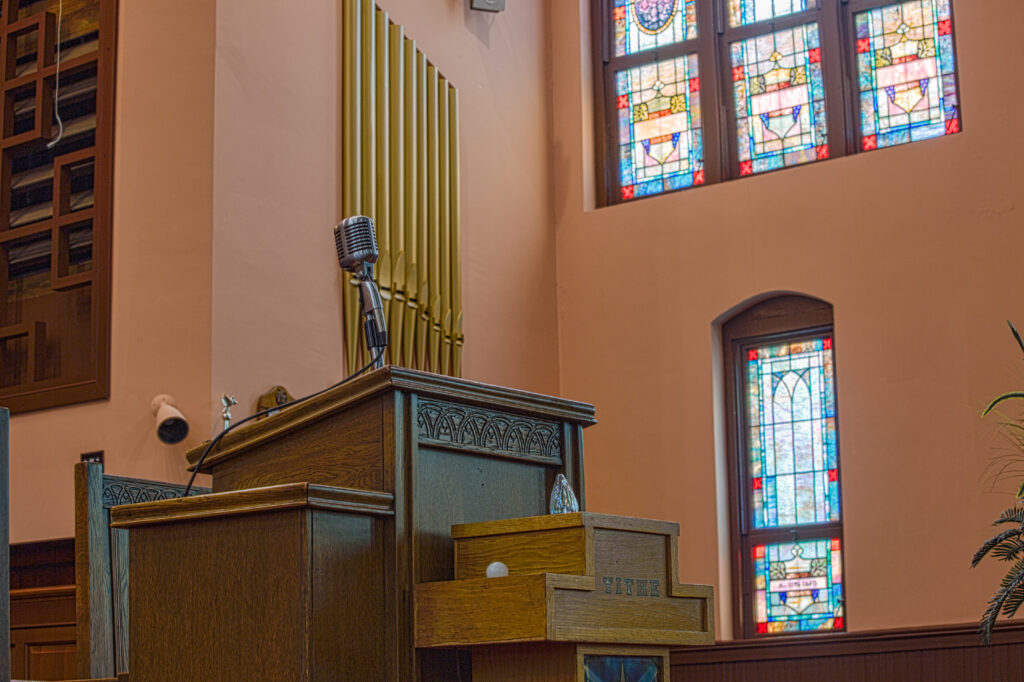
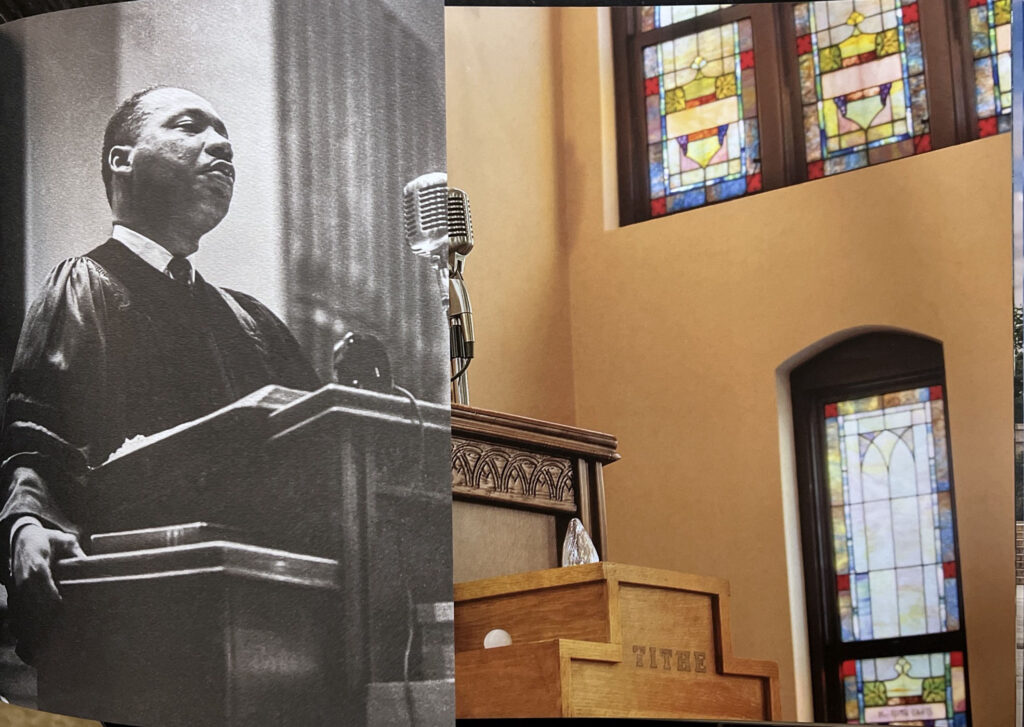
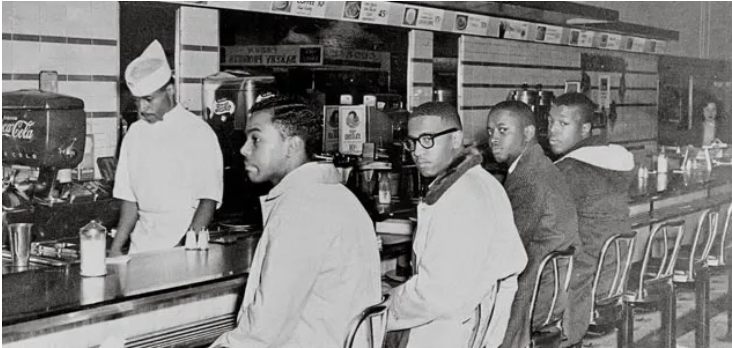
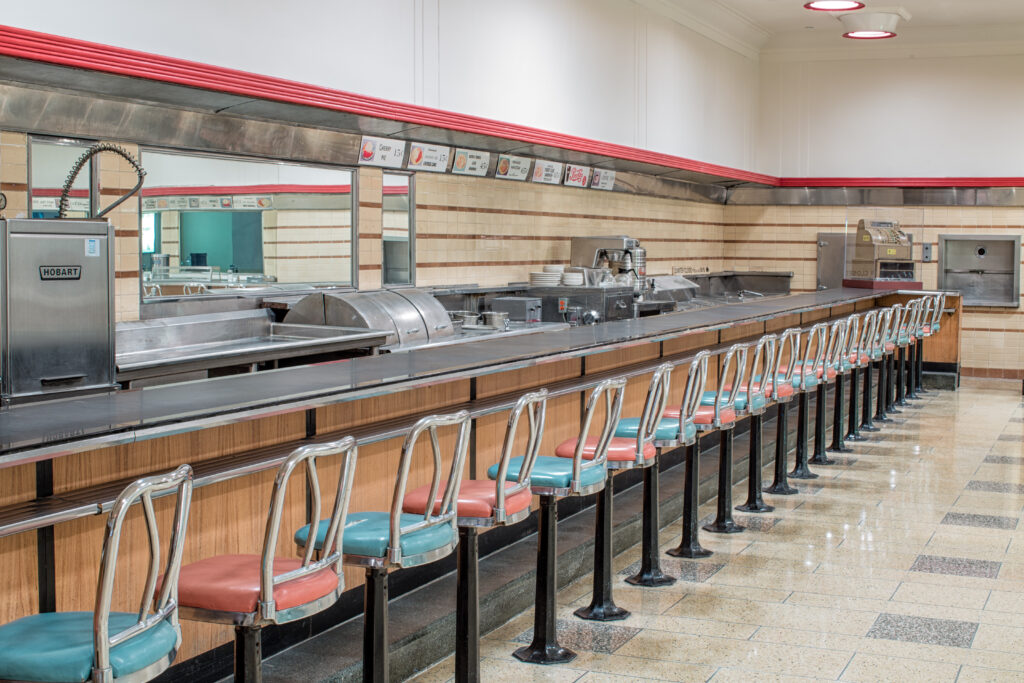
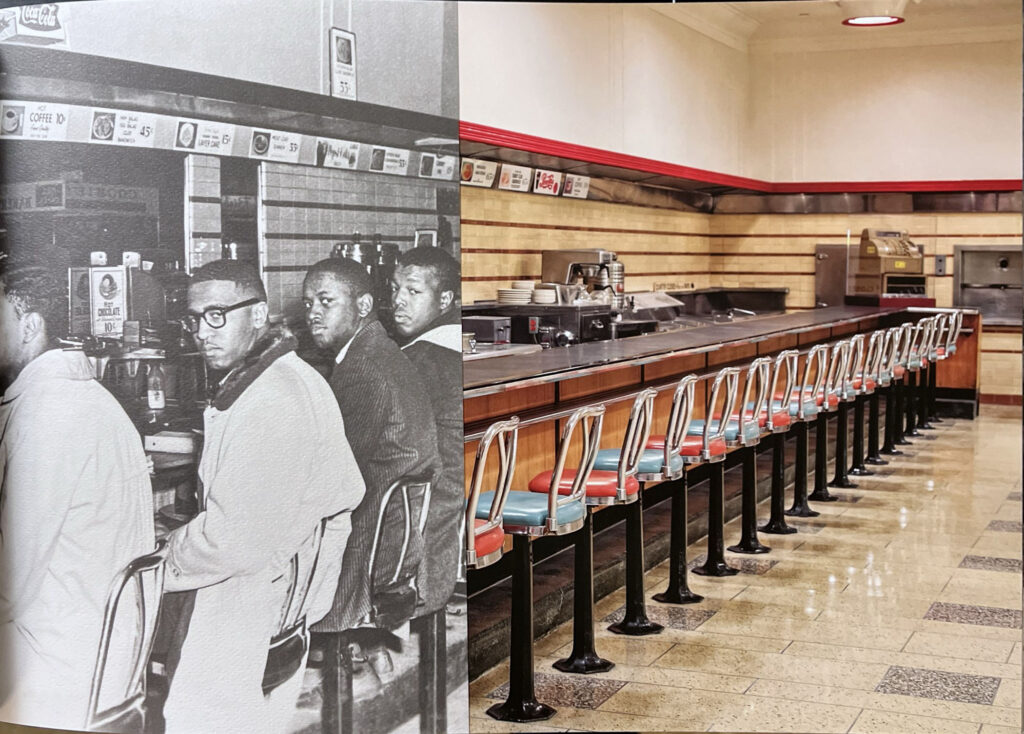
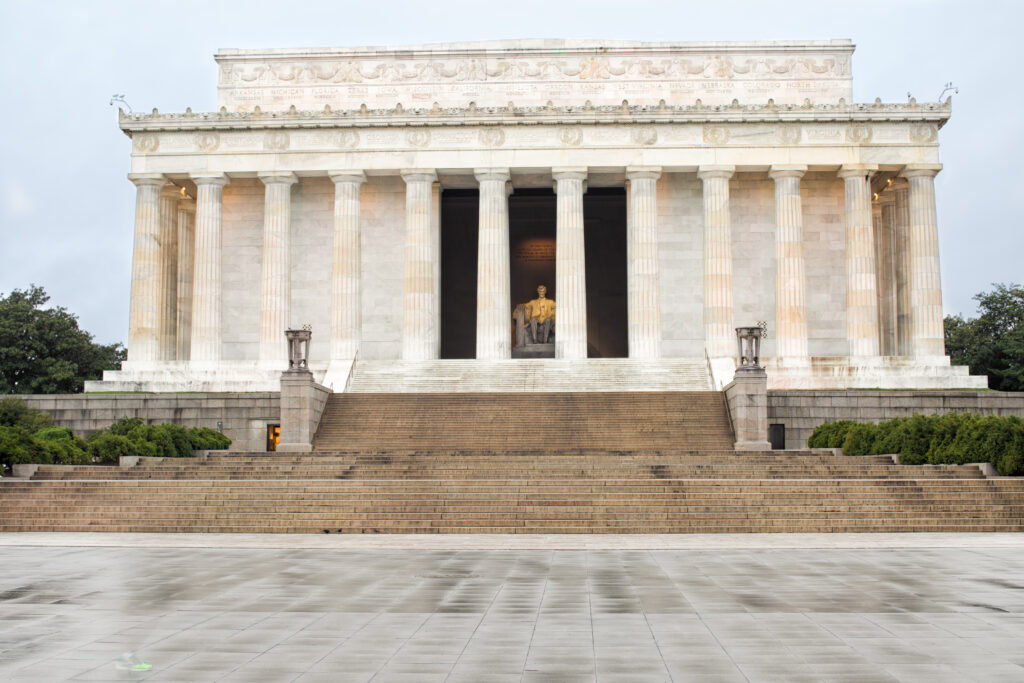
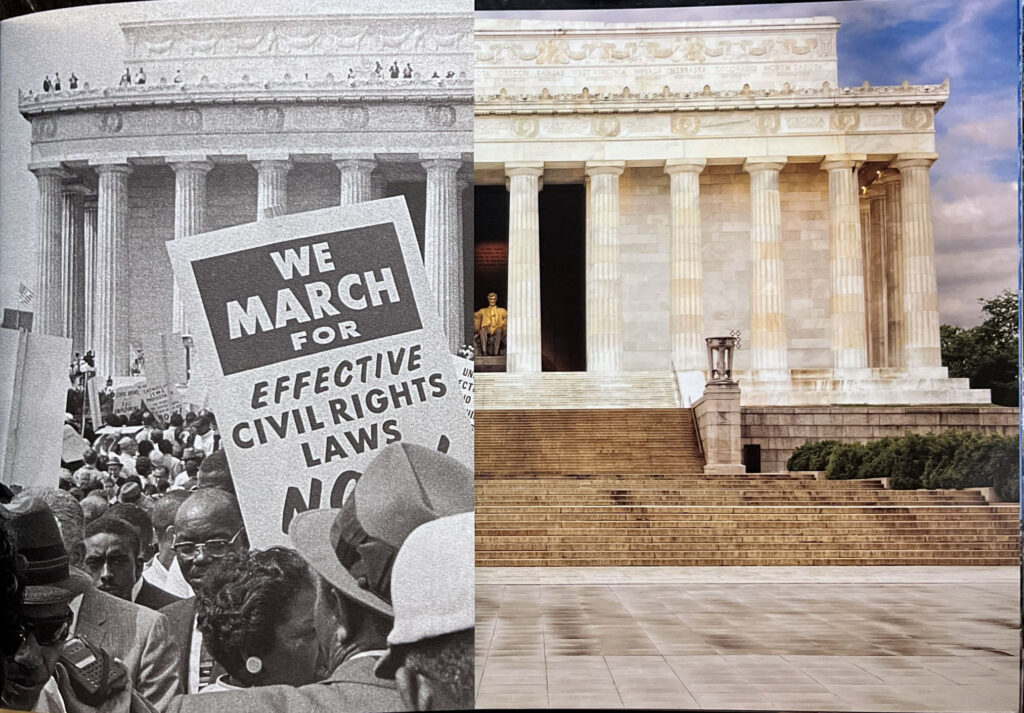
Share this post:
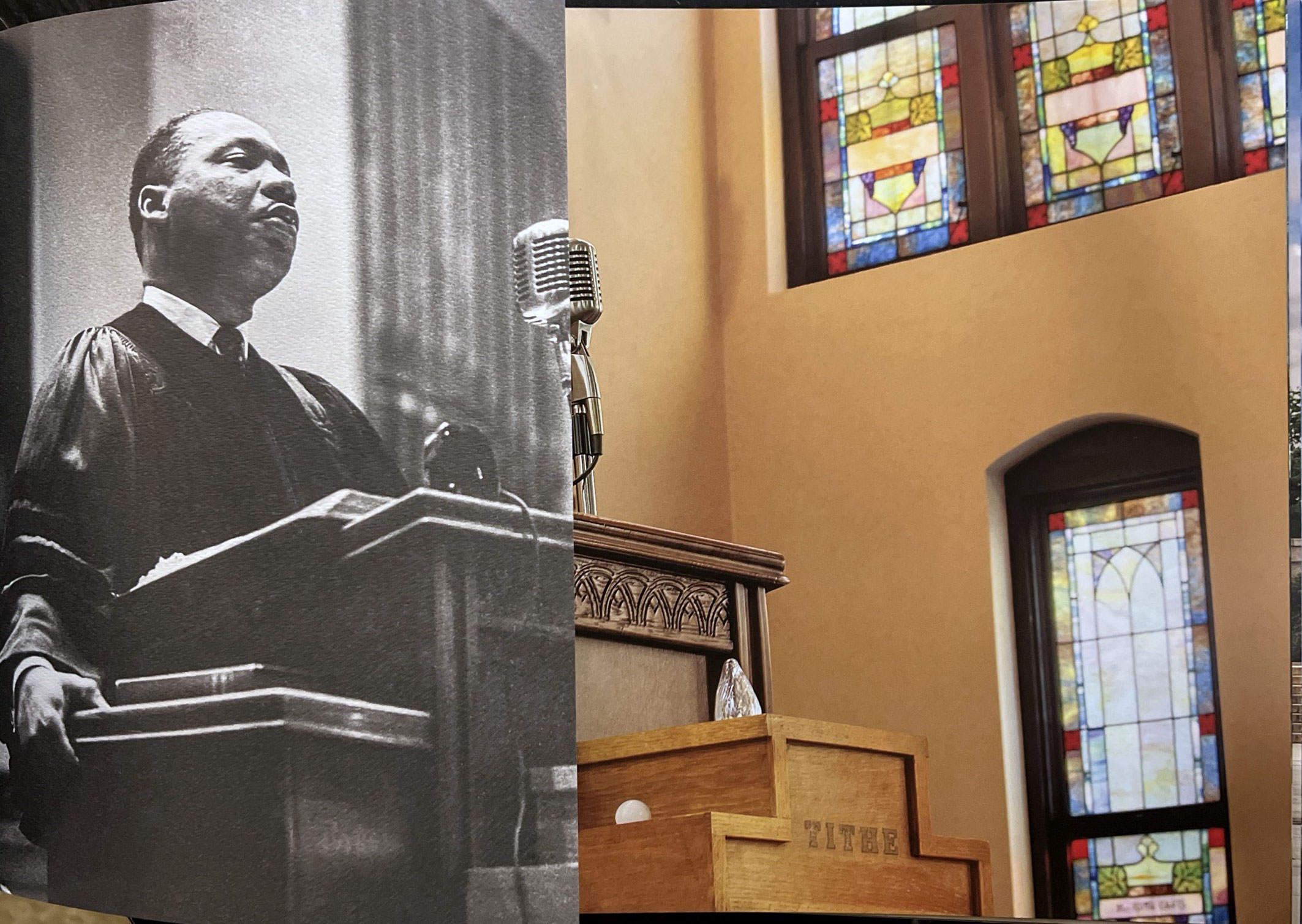
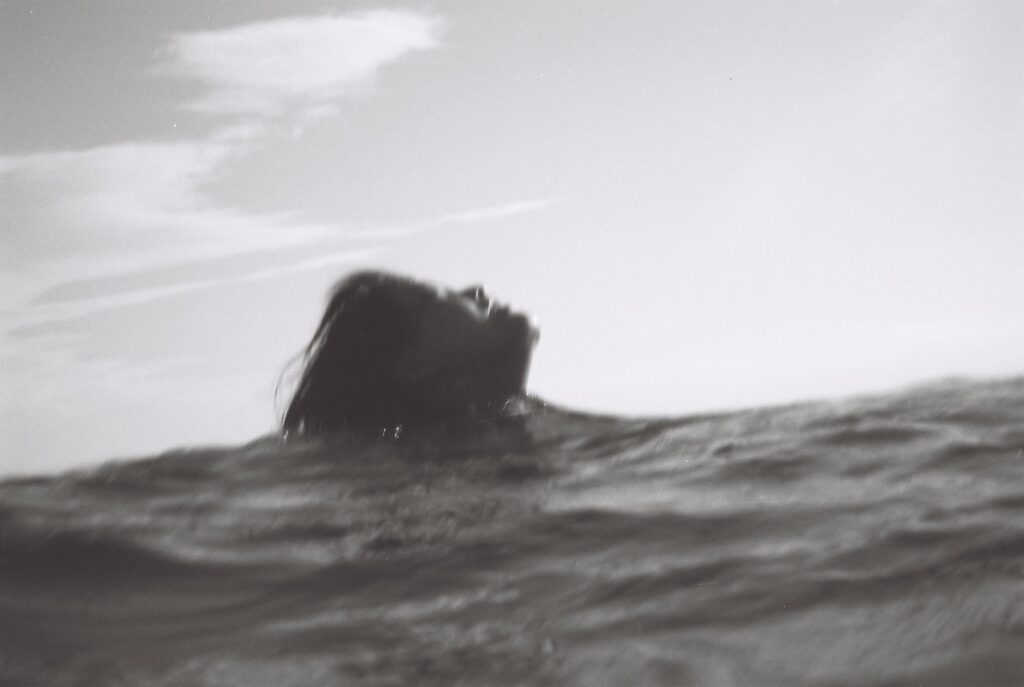
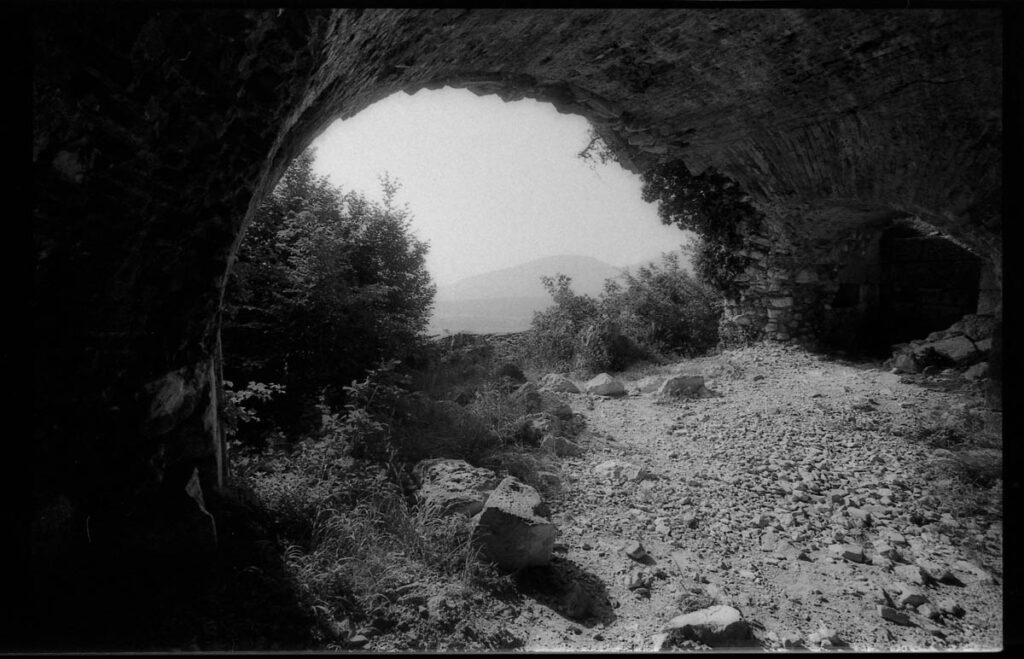
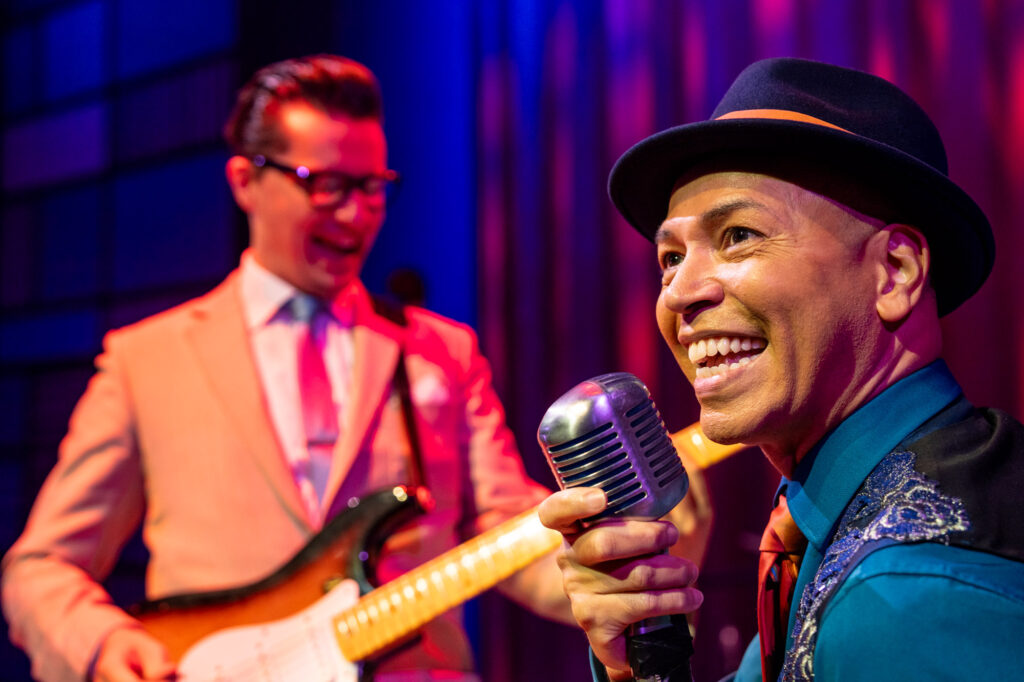
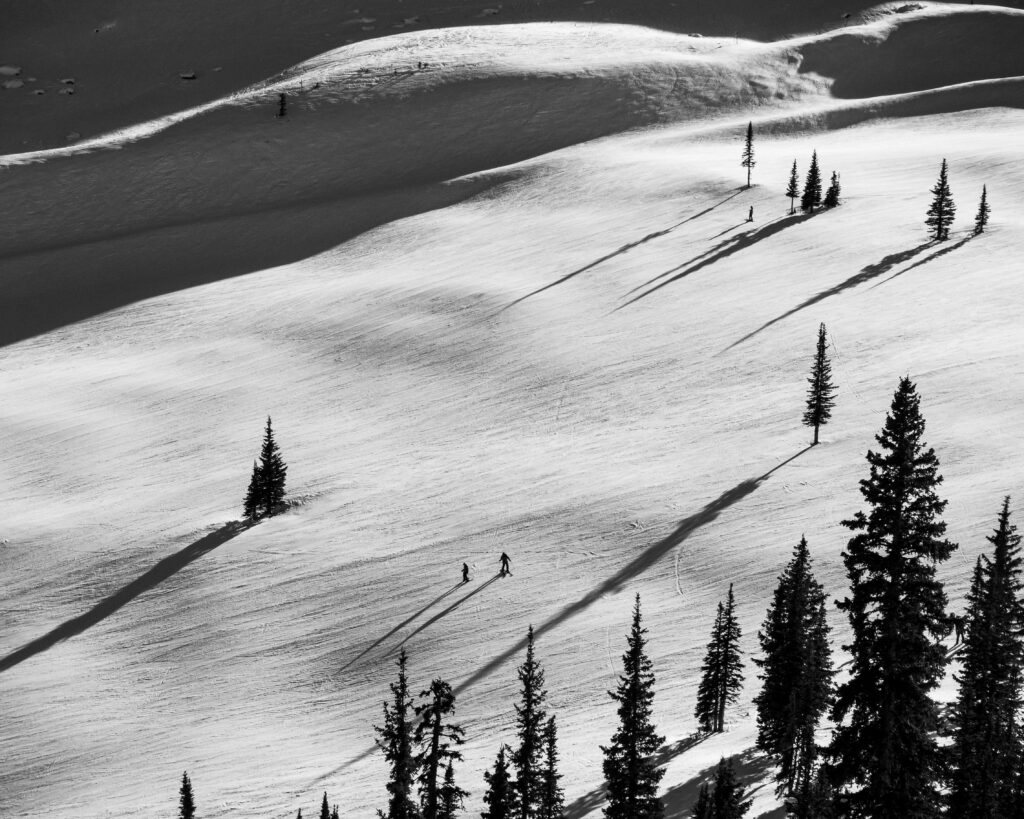




Comments
Julian Tanase on Recreating Historic Images
Comment posted: 11/05/2024
Thank you for showing this !
Comment posted: 11/05/2024
Michael on Recreating Historic Images
Comment posted: 11/05/2024
Comment posted: 11/05/2024
mike on Recreating Historic Images
Comment posted: 11/05/2024
Comment posted: 11/05/2024
Steviemac on Recreating Historic Images
Comment posted: 11/05/2024
Comment posted: 11/05/2024
Roger on Recreating Historic Images
Comment posted: 11/05/2024
Wonderful project. The method sounds innovative (I’ve not seen anything quite like it before) and with potential to be used for other projects.
Gary Smith on Recreating Historic Images
Comment posted: 11/05/2024
Comment posted: 11/05/2024
Daniel Emerson on Recreating Historic Images
Comment posted: 11/05/2024
Comment posted: 11/05/2024
Art Meripol on Recreating Historic Images
Comment posted: 12/05/2024
Daniel Castelli on Recreating Historic Images
Comment posted: 13/05/2024
Comment posted: 13/05/2024
Paul Quellin on Recreating Historic Images
Comment posted: 17/05/2024
Comment posted: 17/05/2024